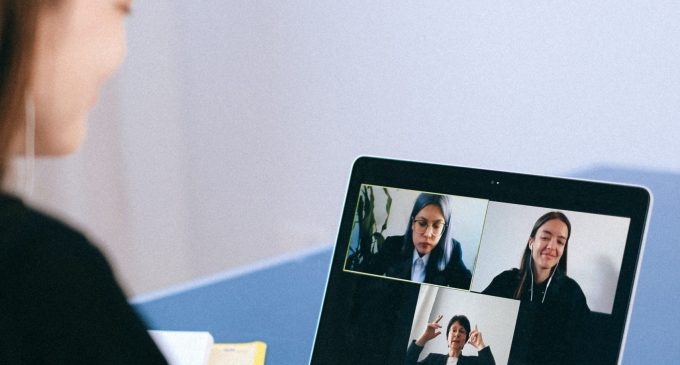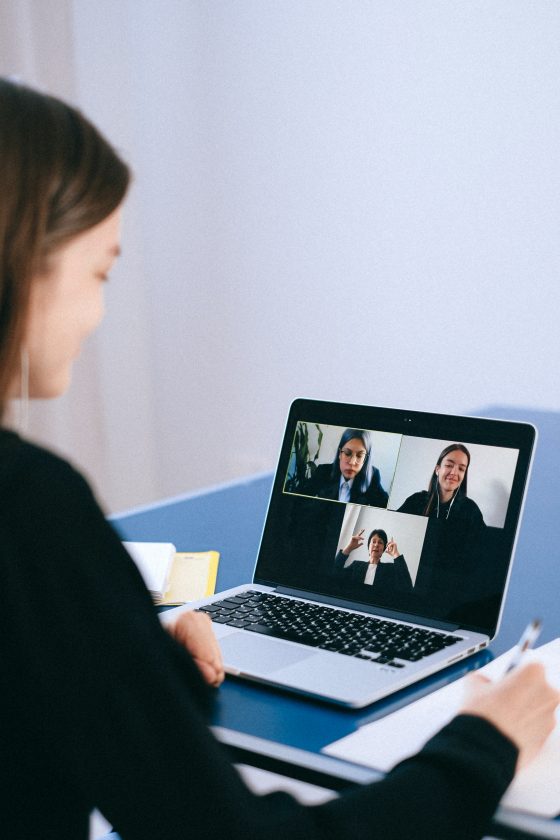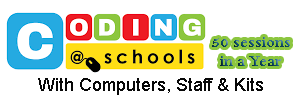Title of series: Behavior and Learning

Dear Readers,
First Education News is happy to begin 2021 with a new column titled “Behavior and Learning” This column will consists of e-series of articles that will discuss behavioral issues and facets related to teaching, learning and education.
Contributors: Dr. Jayashree Inbaraj, Shankar Ramachandran, Patrick Harang and Dr.Nilesh Chatterjee
A brief note about the contributors: Dr. Jayashree Inbaraj is Principal of Smt Kapila Khandvala College of Education (KKCE), University of Mumbai. Her expertise is in Educational Psychology, Action research and Inclusive Education. Shankar Ramachandran is an expert on reading and language-learning in primary school students. Patrick Harang is Director of Programs and Professional Development at Child Care Council of Greater Houston (Texas, USA). Dr. Nilesh Chatterjee is a trained physician and behavioral scientist who works in the areas of public health, education and social development
*****
Use of wait-time in the digital classroom

The Covid-19 pandemic and associated social distancing and government-imposed lockdowns have pushed classrooms into the digital realm. Teachers are conducting sessions through software such as Zoom, Teams, and Skype among others. The digital classroom assumes that student has access to a smart phone, laptop and wi-fi; and this has created difficulties for the poorer students. Moreover, the digital classroom has also created a difficult situation for many teachers.
In an earlier article, we discussed the concept and practice of wait-time in the traditional classroom. Wait-time is the technical term for the amount of time that a teacher pauses or waits after asking a question, thus giving students some silent time before calling them to respond to a question.
However, digital platforms have limitations and may not permit the kind of non-verbal interaction that happens in traditional classroom settings. Most teachers, even those who used wait-time as a learning technique, are used to the traditional classroom where students and teachers observe each other’s body language, make eye contact and take advantage of non-verbal cues and signals.
On digital platforms, teachers are unable to see all their students at once or all students in one frame. All the students might not be visible on a small screen, especially on a phone. There are frequent call-drops; students drop-in and out of the digital classroom depending upon the strength of their internet and wi-fi connections. Furthermore, most teachers who are teaching today have not been trained to use digital classrooms and barely use all the features and tools available on Zoom, Teams, Skype and learning management systems (LMS).
There are two broad pressures at work in the digital set-up. One is that teachers want to complete their assigned portion or syllabus. We have also found based on discussions with principals and teachers that many instructors seem to be in more of a hurry in the digital space as compared to a regular classroom. On the internet, instructors simply want to finish their session as soon as possible. Teachers think it is a waste of valuable wi-fi bandwidth and electricity or battery to have intentional periods of silence between asking a question and calling for responses. The teacher’s eye is always on the clock rather than on the students understanding and knowledge comprehension.
Second, they are often fearful of digital classrooms and call drops. It is the same fear we had when we started using the early computers; we thought that a machine would break-down if we pushed the start button. Technophobia, the fear or dislike of advanced technology or complex devices, especially computers, is very real and surprisingly quite common. Some experts say that all of us suffer from a small amount of nervousness when confronted with new technology. (Technophobia and how to deal with it will be covered in a future article in this series.)

Teachers often end up lecturing in digital classrooms. This is boring for students in a digital set-up; remember they are at home alone and not with their classmates in the same physical space. The traditional classroom set-up is a social space too; and this social aspect of learning is missing in the digital set-up.
More importantly this speediness and lecturing violates the fundamental principle of a learning environment – two-way communication between teacher and students. One-way lecturing does not allow assessment of student progress and learning. Implementing wait-time as a regular strategy in the digital classroom helps the teacher to see or hear the responses of students and assess student learning. Teachers should not worry about call-drops or about time, but pace their lessons in such a way that time is allotted for listening and assessing comprehension.
Patience is important because processing and thinking speeds differ from student to student. Some students are quick and they can type, speak, and think at the same time but other students may have to think through their response first before they speak or type. Therefore, implementing “wait-time” as a formal strategy creates an inclusive classroom and allows more students to participate
In the digital classroom, few seconds of silence can feel very awkward. Teachers get worried about call-drops and keep asking “Are you there?”, “Am I audible?”, “Hello, hello,” “I’m waiting for you” after just one or two seconds of posing a question. This digital banter, like sledging in a cricket match, interrupts the thinking process of students and could be detrimental to the learning process.
While a “wait-time” of three to five seconds is considered appropriate in a traditional classroom, the digital classroom may require a longer wait-time (despite the perception that each second of silence feels like an eon in the digital space). Not all children are tech-savvy and competent in using gadgets. While some children may be familiar with digital games and You-tube, remember that many children might have started using digital classrooms since the Covid-19 lockdown. Furthermore, while some children may have played games in the digital space, almost all the children have never used these digital classrooms or learning technologies. Learning management systems, video-conference programs, interactive whiteboards, and other digital tools are as new for the student as they are for the teacher. Just like teachers, students have trouble in unmuting or muting the audio, finding the right button to click to raise their hand, or figuring out how to use chat. Thus, wait-time in digital classroom could be longer than the three seconds in traditional classrooms. Some have suggested up to ten seconds wait in order to enable students to figure out technological features before they can send in their answer in response to the teacher’s question.
Thus, digital classrooms call on teachers to pay attention to two things: (i) assess students understanding of the subject matter; and (ii) increase students’ confidence in using digital tools. If the teacher fails to pay attention to both then the student could feel like a failure and lose interest in the entire learning process.
Whenever responses are not received even after waiting for five to ten seconds, the teacher should resist the temptation to answer the question themselves. Rather, the teacher should ask the question again in a more interesting way, rephrase the question, provide an explanation or context to the question, thus, allowing students time to process and deal with the appropriate technology buttons.
Teachers could continually remind students to be patient because of the impediments imposed by technology, By prioritizing and formalizing wait time in the digital classroom, teachers could promote thoughtful discussion and ensure technology promotes thinking rather than hinder student learning.
In a digital set-up, teachers should ask open-ended why and how questions rather than what, when, where type of questions. “Why” or “how” questions stimulate most people to think. They create interesting discussions as compared to questions that provoke “yes” and “no” or “true” and “false” type of answers or questions that ask for factual responses. Remember the digital learning management system allows teachers to conduct an objective quiz at any time, the classroom time is meant to encourage learning by thinking.
Digital classrooms and learning management systems have also opened up new possibilities for teachers to enable all students to participate. If a particular student is not prepared to answer, teachers can also use the “Would you like to get back to me?” technique. This technique gives students time to think. By going back to the student later to ask for their thoughts, instructors allow learners who are not as good at thinking on their feet to participate in the discussion. Teachers can use digital tools to remind themselves to get back to the student before the end of the session or the teacher can allocate the last five minutes as “Getting back to you” time.
Technology has been useful for continuing to conduct classroom sessions in the time of pandemics. However, if educators believe that the purpose of a classroom session is to promote thinking among students, then, as we have all personally experienced, technology is also a distraction and could affect the process of thinking negatively. In fact, internet and the new technology have hugely impacted how people interact with information. We expect information to be instantly available anytime and every time. While availability of instant information is not a bad thing in itself, this has led to young students failing to develop other valuable skills such as patience and deeper processing of available information.
In the age of fake news and dis-information, students can also use wait-time techniques to process any information they read on the internet or social media. Teachers and principals have to create a culture of wait-time or thinking time among their students. This has become essential, now that Covid-19 has forced educators to lean so heavily on information technology.







